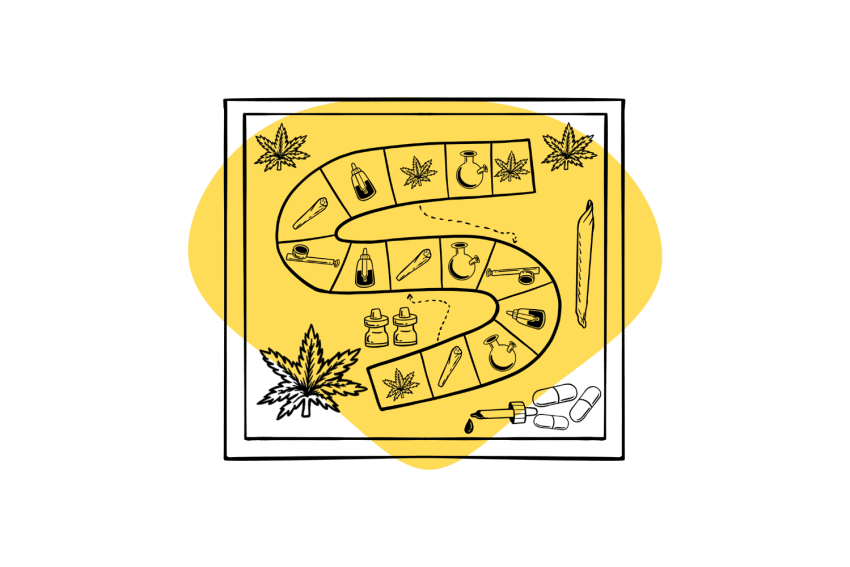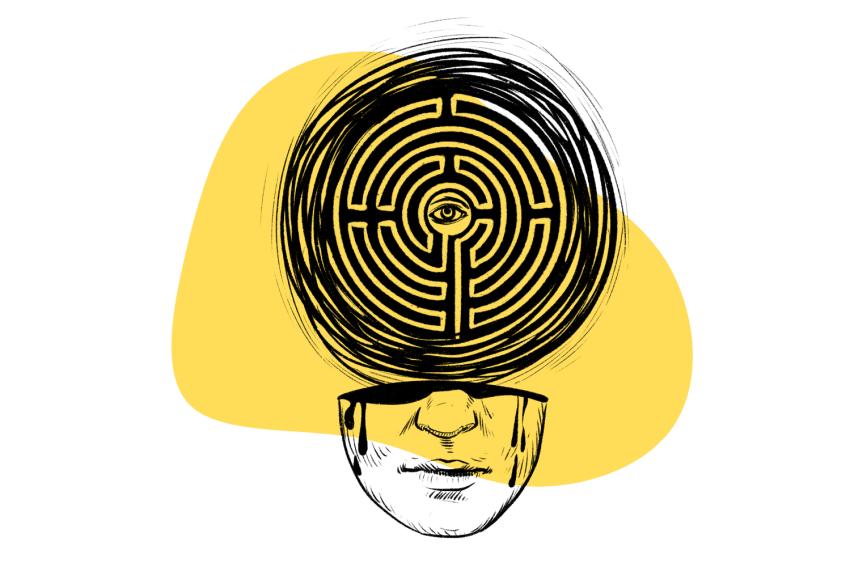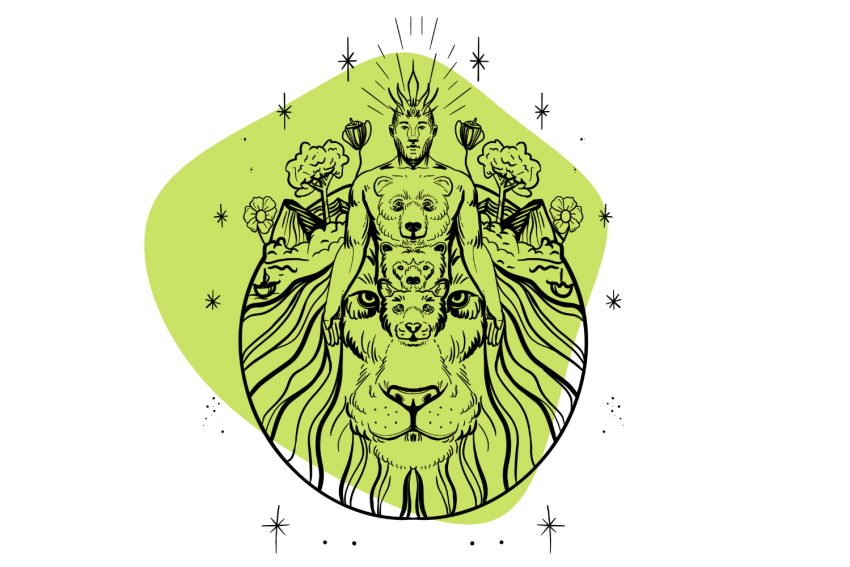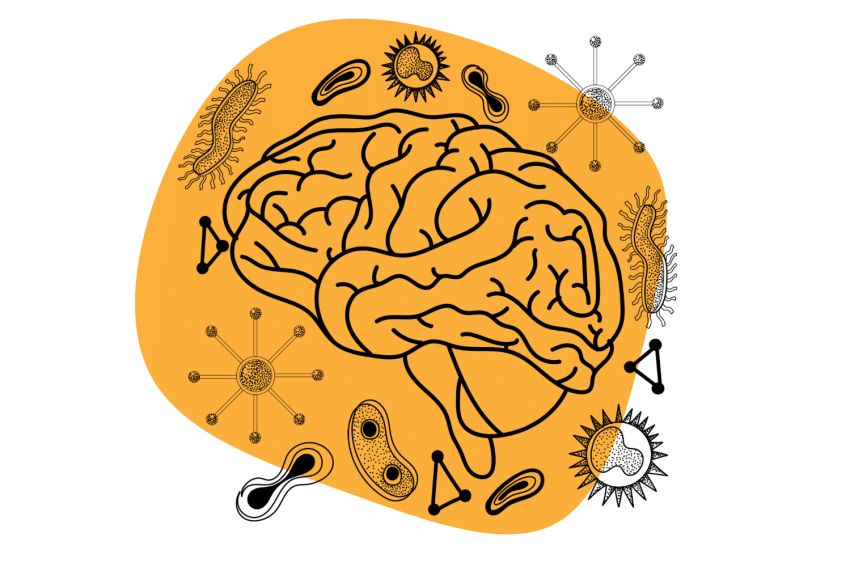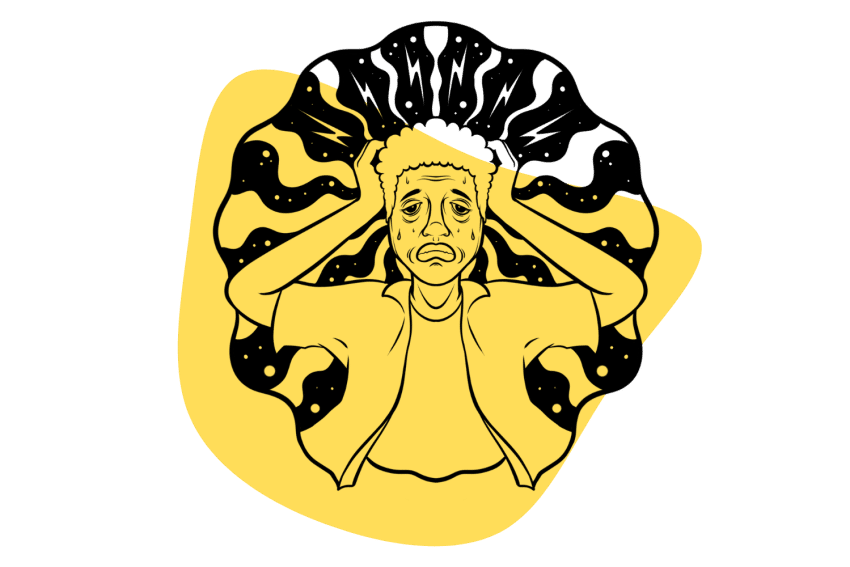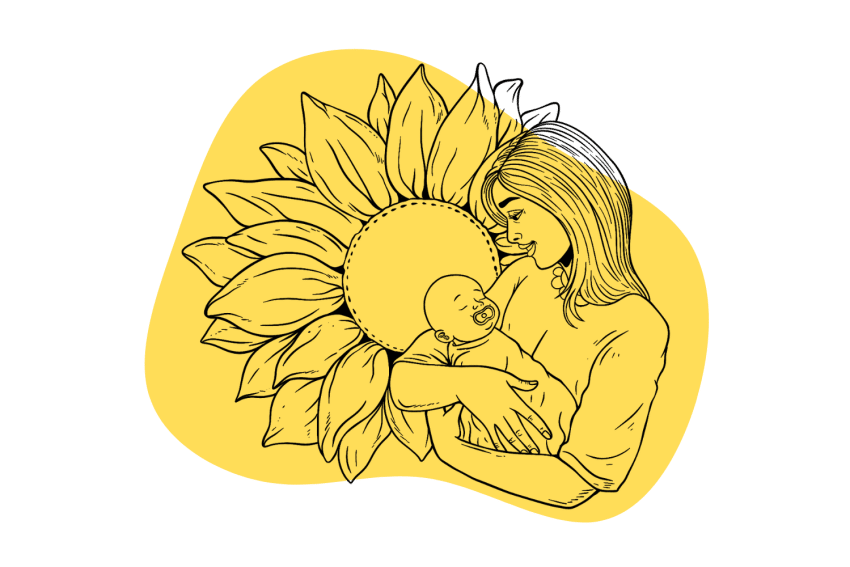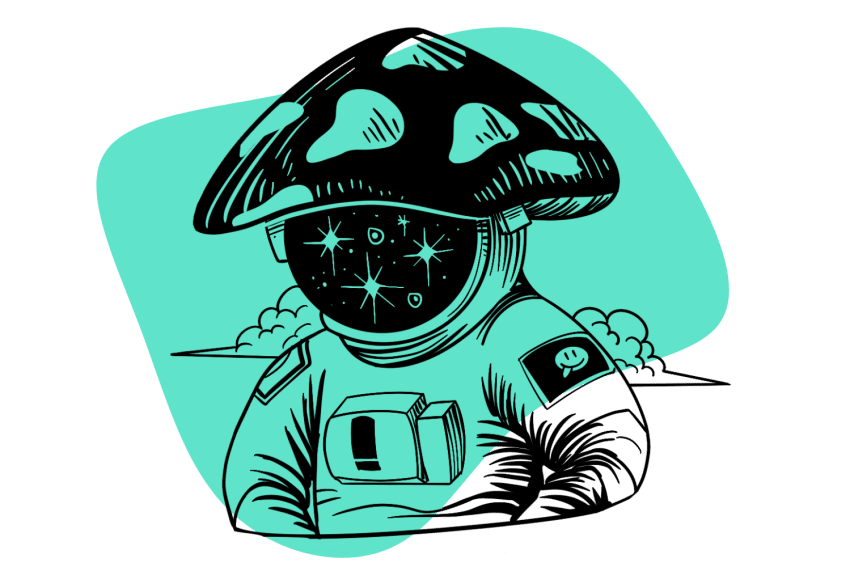A Journey Through Time: Tracing the History of Gender Identity
Gender identities have been studied throughout history, and scientific evidence suggests they aren’t limited to a binary classification. Let’s start at the beginning.
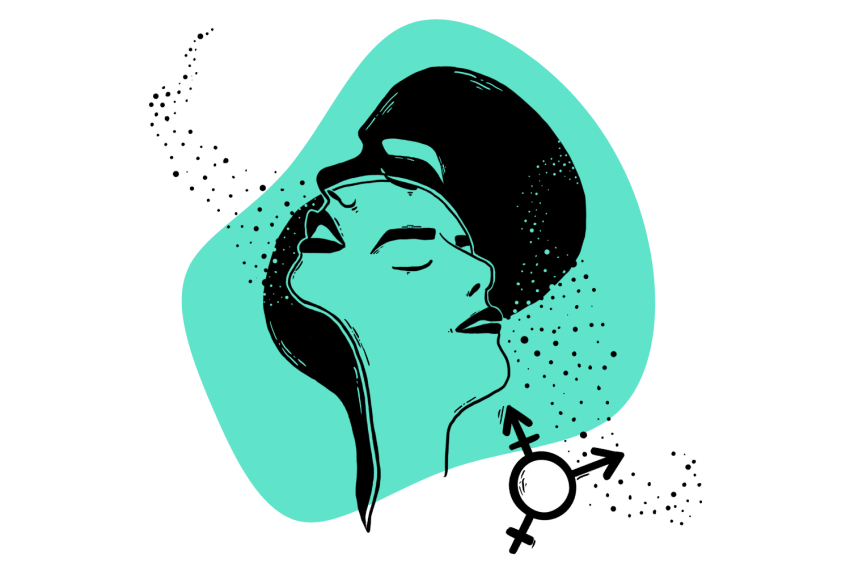
Trans and gender-diverse people have always existed. In every culture, people defy the rigidity of binary sex.
Looking through the history of how people view and express gender identity, the following cycle tends to repeat itself:
- Powerful people view individual autonomy and expression as a challenge to their authority.
- They incite moral panic to marginalize and eradicate trans people.
- This ultimately fails.
- They assimilate gender diversity into the larger culture.
- A new group attempts to gain power.
- Begin again at step one.
This cycle has persisted for millennia. Though it’s nowhere near exhaustive, this article takes a look at the history of gender identity around the globe to show how it isn’t the new phenomenon conservative personalities would have you think it is.
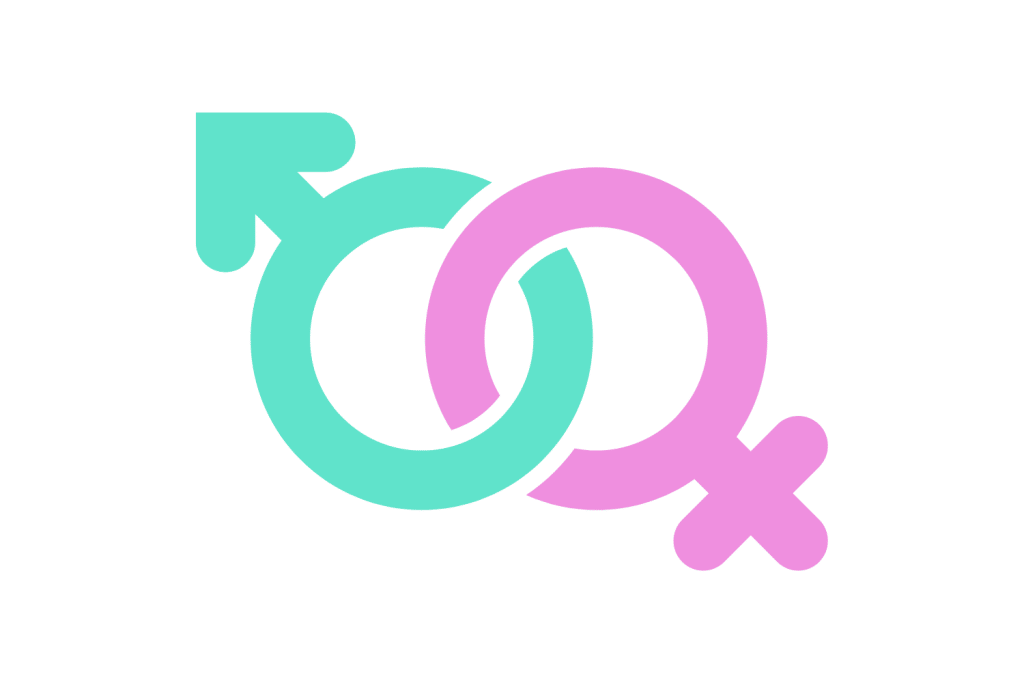
What Is Gender Identity?
Gender identity is an individual’s internal experience of their gender. Regardless of outward appearance, gender identity has to do with how a person feels inwardly.
Cisgender people identify with their assigned gender at birth. These are either assigned male at birth (AMAB) or assigned female at birth (AFAB), but the gender assigned to you at birth may not be the one you agree with.
Transgender people do not align with their assigned gender to varying degrees.
- Binary Trans — A trans man or woman who identifies primarily with a binary gender.
- Trans-Masc — Short for transgender masculine. A nonbinary person who identifies mostly with masculinity.
- Trans-Femme — Short for transgender feminine. A nonbinary person who identifies mostly with femininity.
- Nonbinary — An umbrella term for those who do not fully identify with either binary gender.
- Agender — Someone who does not identify with the concept of gender whatsoever.
For many, these terms are new and may seem confusing, but it’s really quite straightforward — nobody can tell you who you are but you.
What is the Difference Between Gender & Sexual Identity?
Sex is a classification of physical and physiological features we’ve assigned meaning to. Gender is a culturally-created social categorization defined by a set of behaviors and roles.
Judith Butler referred to fulfilling these social expectations as the “performance of gender” [1]. Gender and how a person expresses it is up to each individual, as opposed to sex which is more of a definition based on scientific criteria.
Gender isn’t alone in not being a binary system; even sex extends beyond two choices. Sexual chromosomes — the genes responsible for determining sex — have dozens of potential combinations and physical expressions.
Intersex people — who have a combination of gendered features — make up anywhere from 1.5–3% of the population [2]. Gender essentialists believe gender is the inevitable social result of sex, which is historically and scientifically incorrect.

Who Invented The Gender Binary?
No one individual invented the gender binary. A series of events have dwindled the expansive potential of human identity to male or female, starting with European aristocrats putting a pseudo-scientific spin on the Divine Right of Kings.
Pre-Enlightenment scholars used a one-sex model of gender. Male and female anatomy were different manifestations of a single body. Various ancient cultures viewed sex as something unstable, believing temperature and moisture levels could change a baby’s sex or feminize a man [3].
In the 17th century, Enlightenment thinkers shifted to the two-sex model of gender, favoring “rationalism” above all previous social, religious, and political ideas. Victorian academics formalized the modern gender binary in the 19th century.
Ancient & Early Modern Enforcement of Gender Roles
While there are many cultures throughout the world with an array of gender identities, enforcement of the binary has also been around for a while. From the dawn of agriculture to the formation of most modern religions, people have found reasons to oppress identities different from their own.
How Ancient Cultures Enforced Gender Roles
Pre-Christian agrarian cultures enforced gender roles through the value of reproduction. Relative masculinity or femininity, sexual orientation, or gendered labor were secondary.
The more children a man could produce, the more labor he had at his disposal. In an agricultural society, this improves and raises his social status with each harvest.
In 77 BCE, an ancient Roman court denied inheritance to a third-gender priest of Cybele, who had undergone ritual castration. The court ruled they had “voluntarily mutilated [them]self” and did not count “among either men or women [4].”
It’s important to note the language used to stigmatize proto-gender affirmation surgery. “Voluntary mutilation” is the same language modern right-wing politicians use to deny gender-affirming care to trans people.
Modern Gender Role Enforcement Tactics
The Church enforced gender through fear of spiritual retribution — eternal damnation has historically been enough to keep a populace in check. After the reign of the Church, secular forces wanted to find ways to take power.
Religious morality, therefore, became the basis for legislative oppression, leading to England passing its first sodomy law in 1533. The death penalty for “sexual deviancy” lasted until 1861, when parliament reduced it to life imprisonment, only repealing it in 1967.
This law didn’t apply to only people living on the island of Britain. As the UK expanded, the British empire brutally enforced its morality laws on the cultures it colonized.
If the timeline of this seems shocking, it’s also worth noting it was a full 35 years after parliament repealed sodomy before Lawrence v. Texas states in America to do the same. The effects of this history and these laws still play a role in queer lives regardless of how long they’ve been off the books.

Ancient Western Cultures Before The Binary
Gender identity played various social, spiritual, and political roles in many cultures. Transexual, non-binary, and third-gender people live both in the divine in the ancient secular world.
Gender Diversity in Ancient Sumeria
Gala was a spiritual and sociopolitical identity in Ancient Sumeria dating back to the 23rd century BCE who was largely AMAB, presenting as feminine after becoming priests of the goddess Innana [3]. Inanna had the power to “turn a man into a woman and a woman into a man.”
Gala performed funeral lamentations in a female dialect of Sumerian. Their rites induced a liminal state of consciousness meant to “ease the mind” of their goddess.
Records say this dissociative experience provided emotional catharsis for participants and onlookers. These ceremonies created a trance-like state which suspended social constructs like gender.
This gender-transgressing priesthood continued through Babylon and Assyria. Their predecessors played a political role in Asia Minor through the 6th century BCE.
Gender Diversity In Ancient Greece and Rome
Gender-diverse people existed in Ancient Greece and Rome as far back as the 8th century BCE.
Galli were AMAB priests of Attis, an androgynous demigod, and Cybele, a mother goddess. Scholars referred to them as a terium sexus — or, third gender.
In the centers of the empires (Athens and Rome), the Galli had to hide from the public eye. Much like trans communities today, Galli lived in insular communities for safety.
Galli were Phrygian (from modern-day Turkey) and not Greek or Roman themselves. Hellenistic society was notoriously xenophobic, adding to the intersectional oppression Galli faced.
In the 6th century BCE, a third-gender priest arrived in Athens, and the citizens stoned them to death. Records show a plague followed this act leading to the Athenians building a temple for the mother goddess.
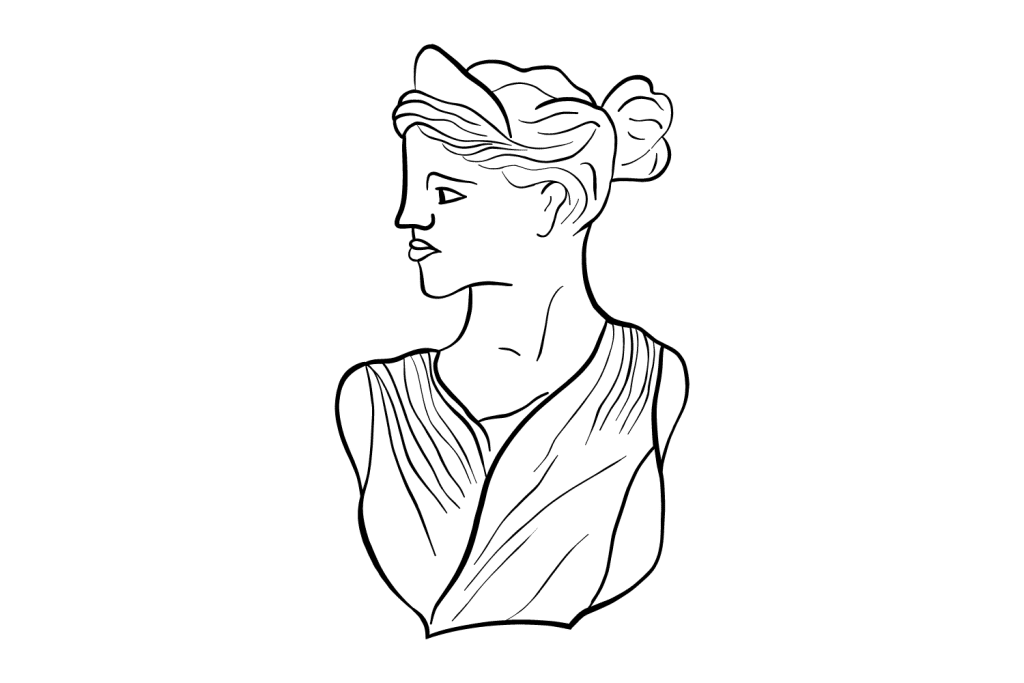
400 years later, the Roman Senate incorporated Cybele into their pantheon. At first, Galli and Attis were not included in the worship of the mother goddess.
The Senate barred Roman citizens from serving as priests in her temples. This did not last. Records show an increase in the presence and general social integration of Galli. By the 1st century BCE, Galli were in every part of the empire, at every level of society [3].
Resistance To Gender Diversity in the Ancient West
While gender was diverse in the ancient, oppressive forces were already trying and squash it. The Roman Empire, along with Christian religious dominance, sought to inflict harm and force the binary into anyone they came across.
Resistance to Gender Diversity in Ancient Rome
By the 3rd century, Rome had already had a transgender emperor — Elagabalus chose the titles of “wife, mistress, and queen [3]”. She would shave and pluck her hair, wear makeup, and take a husband.
She even requested her court physicians find a way to alter her genitals, the first documented request for social Gender Affirmation Surgery. Most documents we have of her are from the hyper-critical Cassius Dio, who portrayed Elegabalus’ femininity as the downfall of the Roman empire.
She was assassinated at age 18.
Ancient Roman scholars viewed Galli as faults of a decadent society. Latin thinker Fermicus Maternus described Galli as a “deplorable mockery” of women. In his view, their gender transgression was “monstrous and unnatural.” He described their “nursed hair,” “soft clothes,” “flowing limbs,” and “feminine walk.”
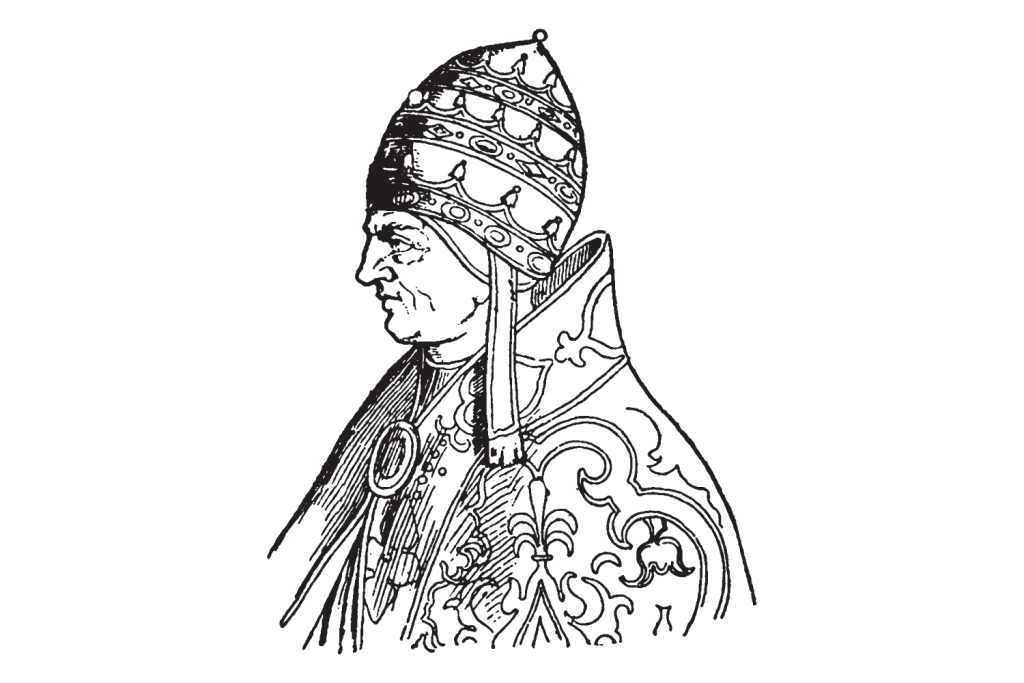
The Golden Ass, a 2nd-century Roman fable, depicts Galli during a spiritual rite akin to a Gala ceremony. During the ritual, they were “hideously made up.” Their faces were “crazy with muddy paints,” while the music they played was “cacophonic noise.”
It sounds identical to how modern-day transphobes describe drag queens. Most of what they wrote could play on right-wing news today.
Early Christian Resistance to Gender Diversity
While many empires assimilated the cultures they conquered, the Church preferred ideological dominance. Early Christian ideas of gender were a mix of Greek and Roman philosophy, believing transcending gender would bring them closer to God.
Unfortunately, their idea of transcending gender didn’t open the doors for diversity but, rather, called on a repudiation of joy, identity, and expression.
Prevailing early Christian thinkers believed denying pleasure was the path to transcendence. To be holy, one had to deny the temptations of the flesh and become a “sexless” being.
Leaders of this fledgling Church had to prevent the potential assimilation of gender-transgressing practices.
A growing movement of ascetic monks adopted self-castration practices for various purposes. This was most prominent in areas gender-divergent priest traditions had flourished. It became so popular the Church had to ban the practice [5].
Hippolytus wrote of a gnostic cult that had combined their worship of Jesus with Attis. They worshiped both during spring festivals surrounding a crucifixion and a rebirth.
These cults directly challenged the singular authority of the Church, leading them to form The Nicene Creed, declaring them heretical.
Gender Diversity in Southeast Asia
Hijra is an Indian kinship system with roots tracing back to the 18th century BCE. Hijra is one of many terms throughout southeast Asia for AMAB people who are “neither man nor woman” [6].
You cannot equate Hijra to western gender identities. It would disregard the cultural context each of those terms requires. Most Modern Hijra do not identify as transgender. Unlike western gender identity, a guru must initiate an individual to become a Hijra.
Hijra use both male and female honorifics depending on their intra-community status. Gurus use feminine terms while equals or disciples, chelas, use masculine terms.
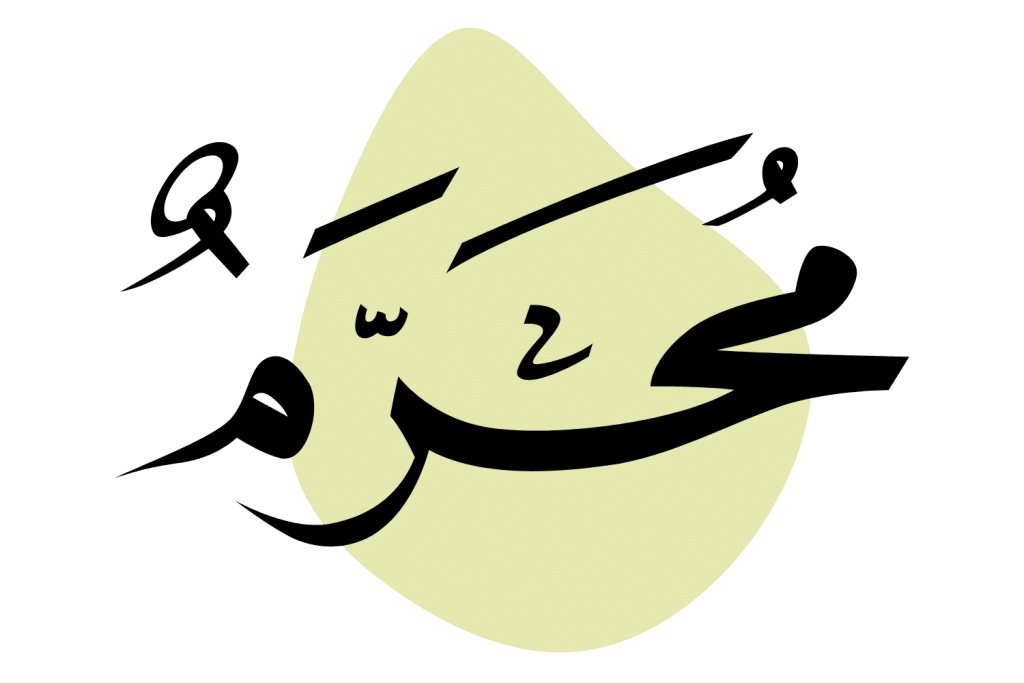
Hijra In Ancient Southeast Asia
Like Gala and Galli, Hijra often performed ritual songs and dances in makeup and dress. They also often rely on mangti, or ritualistic begging in exchange for a Hijra blessing.
In Vedic tradition, Hijra blessings are good omens for newborns and newlyweds. They also have the power to curse those who wrong them.
Documents show third-gender people were essential to operating ancient Indian courts by the 1st century [3]. By the 16th century, the Mughal empire — a Muslim empire with strict religious laws — enslaved third-gender individuals for their usefulness.
They served as advisors, warriors, and mistresses; but could only live lives of servitude.
It was during this time the gharana system — a familial unit made of a series of gurus who adopt chelas — developed. These disciples in turn take chelas of their own, who would then often renounce their surnames and adopt the name of their guru.
Scholars think gharanas initially helped Hijra children navigate the traumatic experience of enslavement [6]. This chosen family structure has modern parallels to American drag culture.
Black trans women who had been born into slavery developed drag houses. A house mother — who may or may not be trans but is almost universally queer — adopts drag queens, who then take on their surname.
Hijra in Modern India
Post-colonial India recognized a third gender option in 2014 but still marginalizes Hijra. Modern Hijra rely on mangti, where they are often assaulted. Those who give money often do so out of fear of curses or to avoid being reborn as hijras in their next life.
Trans people outside the Hijra community face equal struggles in secular Indian society. Many trans women can only occupy sex work, which is the case for trans people around the world.
Global Non-Binary Gender Traditions
Outside of Western civilization, plenty of other gender non-binary systems, gods, and peoples were showcasing the broad array of human identities.
Gender Diversity of the Pacific Islands
There is a long pre-colonial tradition of gender diversity in the Pacific Islands.
Neither Indigenous Hawaiian nor Kanaka Maoli culture has a binary view of gender. The māhū, or “in between,” is someone who embodies both kāne (male) and wahine (female) spirit. As in many cultures māhū were the keepers of historical knowledge, healers, and caretakers [7].
In the Philippines, bakla is a Tagalog word describing effeminate AMAB people. Pre-Spanish colonization, bakla were traditional community leaders. They existed beyond the duality of man and woman. Colonizers described bakla as almost supernatural beings, “more man than man, and more woman than woman.”
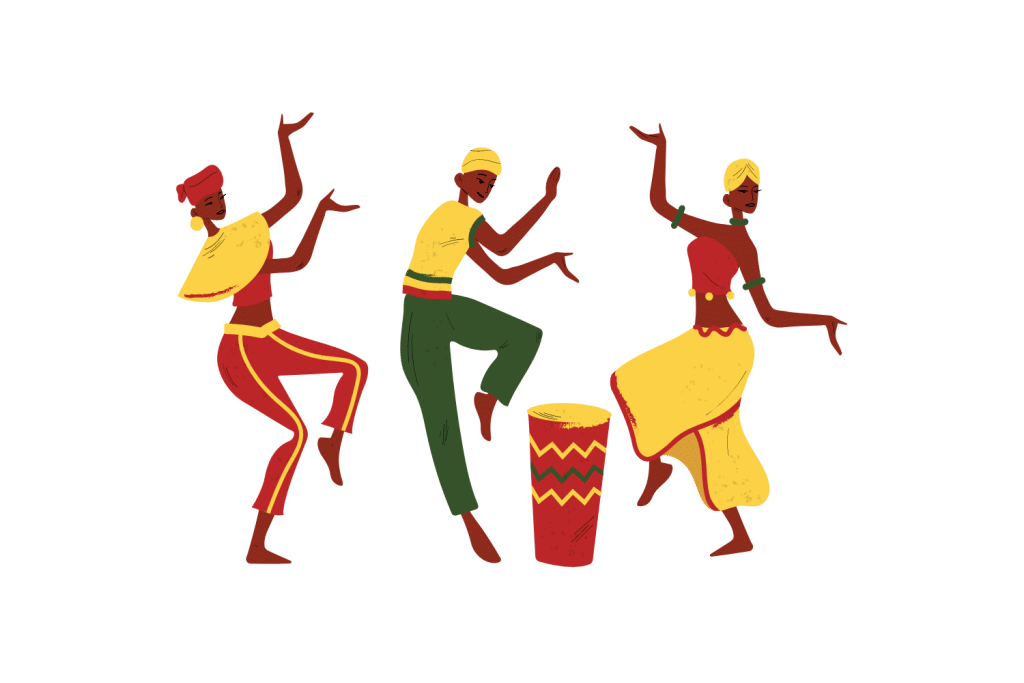
Fa’afafine is a similar gender identity in Samoan culture. In 2007, a study into fa’afafine inquired whether shame and guilt are inevitable in gender transgression. When the study occurred, transness was still considered a diagnosable mental disorder [8].
The social acceptance of fa’afafine in Samoa is higher than in most major western nations. Results showed that fa’afafine’s gender identity evoked joy and euphoria, and only a minority experienced physical dysphoria. This means being trans isn’t an experience one must suffer through. When a culture celebrates the spectrum of gender, trans people can flourish.
African Gender Diversity
Gender roles in African societies were far less rigid before colonization. Many “did not or could not consistently stratify” genders against each other [9]. European missionaries used gender transgression to demonize, conquer, and enslave African people.
Queer or gender-transgressing behavior existed in over 40 pre-colonial African societies. The mudoko dako is an effeminate AMAB person of the Langi in modern-day Uganda. Those in Angola use terms like quimbanda or chibado.
Hieroglyphics from ancient Egypt indicate a third gender, Sekhet, dating back nearly as far as the Gala in ancient Sumeria. Deities such as Hapi and Atun were depicted with a combination of gendered presentations.
In the 15th century BCE, Hatshepsut ruled as a king despite their assigned gender, wearing masculine signifiers like facial hair and even going so far as to change their name to Maatkare. During their time on the throne, Maatkare rewrote their own story to be seen as king, but the patriarchal pharaohs that succeeded them attempted to eradicate them from history.
When European colonizers discovered their story, they were only able to view Maatkare from their own limited binary perspective. Much like ancient Galli, most documents we have about gender in African societies as a whole are from external bias.
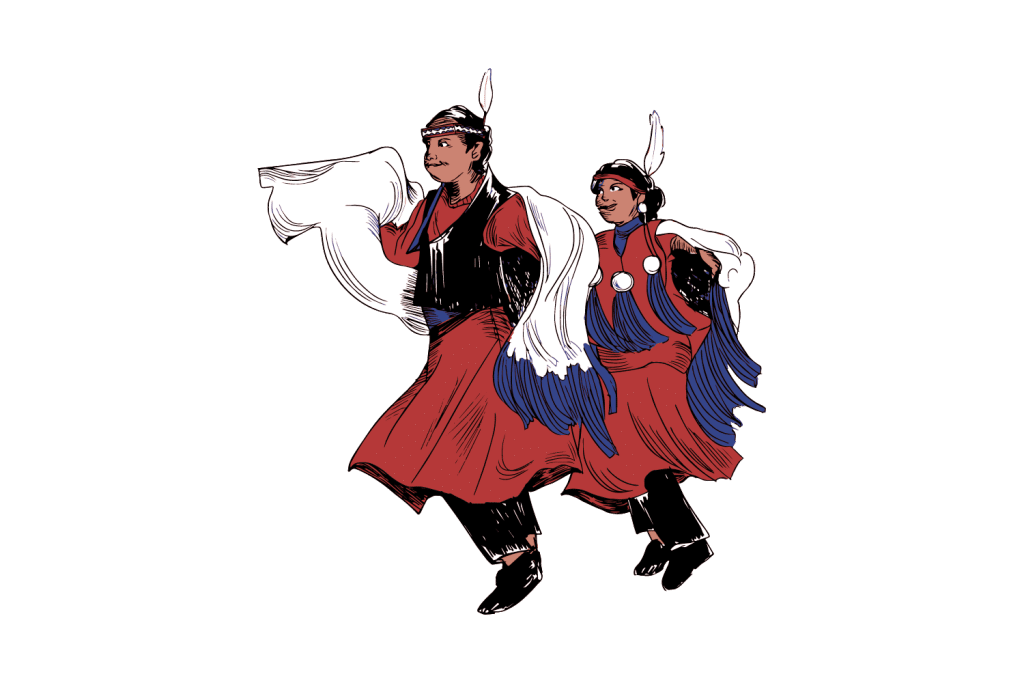
That’s why it’s essential to have diverse, queer historians reviewing this history. We are the only ones who can see our experiences hidden in their stories, ciphers for a secret language spoken throughout time immemorial.
Indigenous North American Gender Diversity
Many Indigenous American tribes had terms for third-gender people. One such term is winkte, a Lakota term commonly translated to “two-souled person.” A gathering of queer indigenous leaders adopted the umbrella term Two-Spirit in 1990.
Unlike Galli or Hijra, two-spirit individuals can be of any sex. Two-spirit people have traditional connections to various mother goddesses, like the Lakota Double Woman. These deities trigger a liminal, transcendent madness similar to their Sumerian and Roman counterparts. This experience transforms the person’s gender and capacity for creation.
Two-Spirit people were vital to hundreds of Indigenous communities. They held specialized roles like medicine people, teachers, historians, and artisans.
As they did in every other culture, European and American colonizers targeted Two-Spirit people because of their gender “transgression.” They used Christian language like sodomite to paint native culture as immoral. American and Canadian politicians eradicated these traditions with genocidal institutions like residential schools.
Gender Diversity in America
Even within the unyielding context of the American gender binary, trans people have persisted.
A Quaker preacher renounced their gender in 1776 and adopted the name Public Universal Friend. In addition to being the first contemporary instance of a self-identifying nonbinary person, they were a vocal advocate for abolition and other human rights.
In 1836, a black trans sex worker named Mary Jones went on trial for petty larceny. At her court date, she wore a wig and dress. When they questioned her, she said, “in New Orleans, I always dressed this way.” After her trial, a pamphlet circulated calling her “The Man Monster” [10].
Gender Consciousness Becomes Mainstream
In the 1960s, queerness and gender diversity entered the academic consciousness. Even still, much of the public viewed it as a deviant act or treatable mental condition, not a natural expression of humanity, until the 21st century.
The first American to undergo gender-affirmation surgery was army veteran Christine Jorgensen who would become the first transgender celebrity. She popularized the concept of gender identity in Western society. Still, the publicity and social stigma prevented Jorgensen from getting any work outside self-promotion, like many modern trans celebrities such as Dylan Mulvaney.
The first public queer activist was William Dorsey Swan. Born into slavery, Dorsey was the first drag queen. Police often arrested her for organizing drag balls, and she fought back publicly. Her resistance mirrors trans riots at Cooper Donuts and Stonewall a century later, with figures like Marsha P. Johnson and Sylvia Rivera.
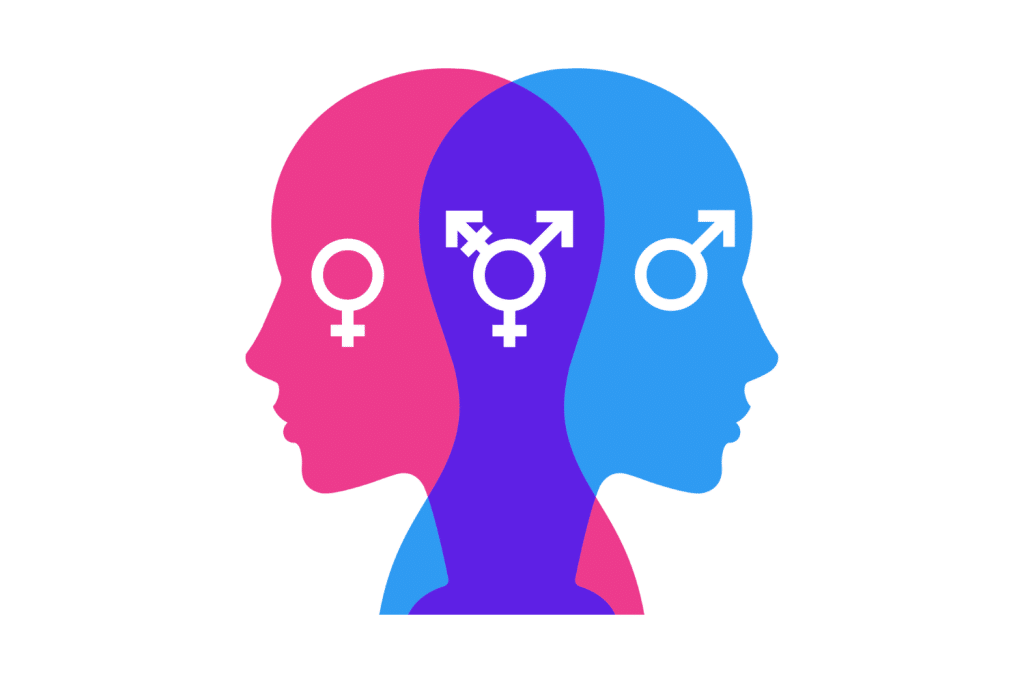
At these riots, police used “garment laws” to arrest gender-nonconforming people. The laws required individuals to wear clothing that aligns with their biological sex. Laws like these, and worse, are dangerously close to reconstitution in states across America.
As of March 11th, 2023, there were over 440 bills targeting trans people in the United States.
The History of Gender Frequently Asked Questions
Here are some of the most common questions people ask about the history of gender identity.
#1 Why Are Most Ancient Genders Trans Femme?
Ancient trans men and other AFAB people are largely undocumented due to misogynistic bias from historians. Most scholars throughout history have been male-identified people in a patriarchal society.
Most accounts of trans-masc people outside of war are of monks passing under the guise of being eunuchs. Monastic life helped AFAB people transcend the limitations of the patriarchy.
In essence, these AFAB individuals lived as ascetic holy men. The normalized ritual self-harm may have had gender-affirming effects as well. Malnourishment may have stopped their periods and decreased the size of their breasts.
Many also underwent self-mastectomies [11].
#2 Was There Ancient Gender Affirmation Surgery
There is an extensive historical record of surgical gender affirmation and reassignment.
Most European third-gender priests’ traditions had ritualistic acts of castration. The ceremony, like gender affirmation surgery today, was a form of initiatory rebirth.
Ancient Byzantine doctors had documented procedures for both top and bottom surgeries [12]. Physicians wrote the surgery lessened the patient’s distress and shame, symptoms that are known today as gender dysphoria.
Ancient medical guidebooks address the physical characteristics of intersex individuals. They prescribed forced gender-reassignment surgery to conform an intersex body to a binary gender. This is a practice performed on intersex people to this day.
#3 Why Isn’t Gender Information More Common?
Information about gender is often the first target during authoritarian rule.
Magnus Hirschfield founded The Institute of Sexology in 1919. A queer Jewish man, he argued that there was a Geschlect, or third sex, outside the binary. His work in Weimar Germany, enabled hormone replacement therapy and gender confirmation surgery.
By far, he had the most advanced research on gender and sexuality in the Western world. Research Nazis banned and burned. The iconic Nazi book-burning images are from the raid on this very institute. During this raid, they most likely murdered a trans woman, Dora Richter — the first person to receive modern gender affirmation surgery.
On February 23rd, 2023, the cycle continues. Indiana state House voted to block state funding toward the Kinsey Institute at Indiana University. The institute, named after pioneering American sexologist Alfred Kinsey, is a major leading institute in the study of gender and sexuality.
References
- Butler, J. (2011). Bodies that matter: On the discursive limits of sex. Routledge.
- Stenius, Kerstin. “The full picture! Improved reporting on sex and gender, age, class and ethnicity.” Nordic Studies on Alcohol and Drugs 33.4 (2016): 319-320.
- O’Flaherty, W. D. (1982). Women, androgynes, and other mythical beasts. University of Chicago Press.
- Roscoe, W. (1996). Priests of the goddess: Gender transgression in ancient religion. History of Religions, 35(3), 195-230.
- Caner, D. F. (1997). The practice and prohibition of self-castration in early Christianity. Vigiliae christianae, 51(4), 396-415.
- Fernandez, N. T., & Nelson, K. (Eds.). (2022). Gendered Lives: Global Issues. State University of New York Press.
- Stip, E. (2015). RaeRae and Mahu: third Polynesian gender. Sante Mentale Au Quebec, 40(3), 193-208.
- Vasey, P. L., & Bartlett, N. H. (2007). What can the Samoan” Fa’afafine” teach us about the Western concept of gender identity disorder in childhood? Perspectives in biology and medicine, 50(4), 481-490.
- Sudarkasa, N. (1986). “The Status of Women” in Indigenous African Societies. Feminist Studies, 12(1), 91-103.
- Snorton, C. R. (2017). Black on both sides: A racial history of trans identity. U of Minnesota Press.
- Betancourt, R. (2019). “Transgender Lives in the Middle Ages through Art. Literature and Medicine, The Iris.

